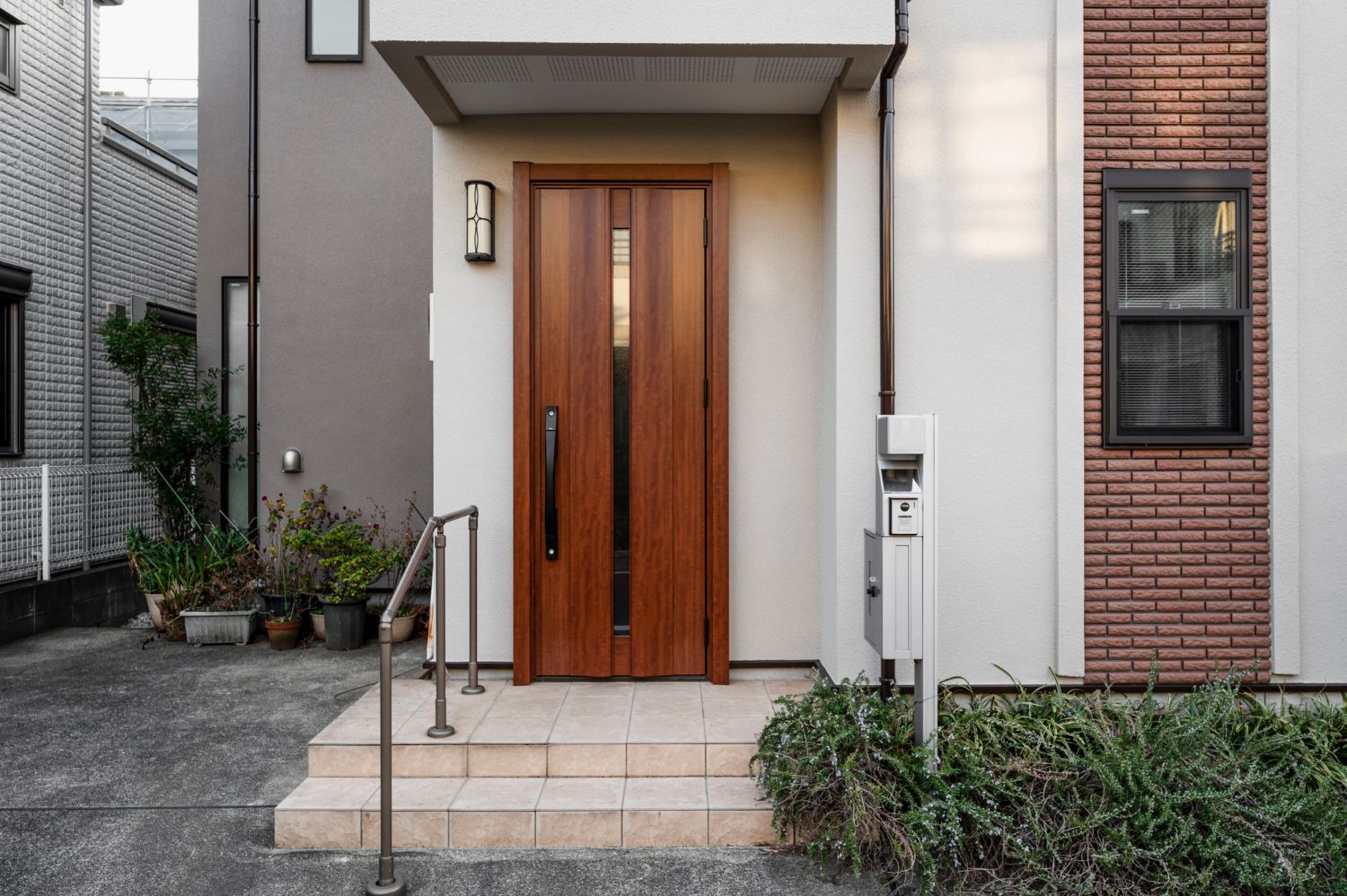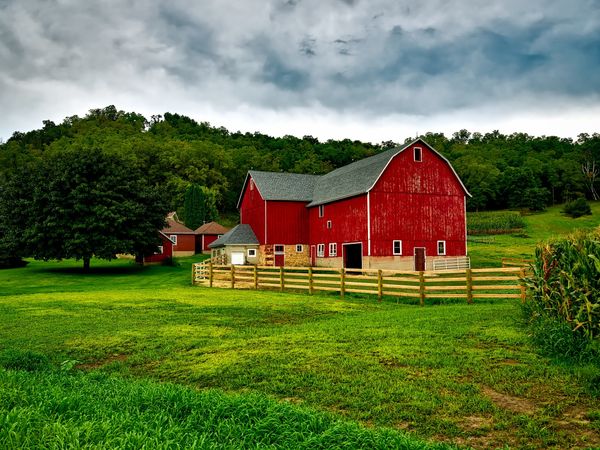The door is an essential part of any home. It not only provides security and privacy but also adds to the overall aesthetic appeal. Choosing the right door can make a significant difference in the look and feel of your home. Whether you are building a new home or renovating an existing one, selecting the right door is a decision that should not be taken lightly.
Understanding the Different Types of Doors Available
There are several types of doors available in the market, each with its unique features and benefits. The most common types of doors include entry doors, interior doors, patio doors, and storm doors.
Entry doors are the main doors that provide access to your home. They come in various styles and materials, such as wood, fiberglass, and steel. Interior doors are used to separate different rooms within a house and come in a variety of styles, including panel doors, French doors, and pocket doors.
Patio doors are designed to provide easy access to outdoor spaces such as a backyard or patio. They can be sliding glass doors or hinged doors. Storm doors are installed in front of entry doors to provide an extra layer of protection against harsh weather conditions.
Factors to Consider When Selecting a Door
When selecting a door for your home, there are several factors that you should consider. First and foremost is security. Your door should be able to withstand forced entry attempts and provide a sense of safety for you and your family.
Durability is another important factor to consider. Doors are exposed to various weather conditions, so they need to be able to withstand elements such as rain, wind, and sunlight without deteriorating quickly.
Maintenance requirements should also be taken into account. Some materials require more maintenance than others. For example, wood doors may need regular painting or staining to maintain their appearance, while fiberglass or steel doors may require less maintenance.
Cost is another factor that plays a significant role in the decision-making process. Different types of doors come at different price points, so it's important to set a budget and find a door that fits within that budget.
Energy efficiency is becoming increasingly important in door selection. Energy-efficient doors can help reduce your energy bills by keeping your home well-insulated and preventing drafts. They can also improve the overall comfort of your home by maintaining a consistent temperature.
Design is another factor to consider when selecting a door. The design and style of your door can significantly impact the overall look and feel of your home. It's important to choose a design that complements the architectural style of your home and reflects your personal taste.
How to Measure Your Door Opening for a Perfect Fit
Measuring your door opening correctly is crucial to ensure a perfect fit. To measure your door opening, follow these steps:
1. Measure the width: Measure the width of the door opening at three different points - top, middle, and bottom. Take the smallest measurement as the width of your door.
2. Measure the height: Measure the height of the door opening from the floor to the top of the opening at three different points - left, center, and right. Take the smallest measurement as the height of your door.
3. Measure the depth: Measure the depth of the door opening from the inside edge to the outside edge. This measurement will determine how thick your door should be.
Once you have these measurements, you can choose a door that fits perfectly into your opening.
The Importance of Energy Efficiency in Door Selection
Energy efficiency is an important consideration when selecting a door for your home. Energy-efficient doors can help reduce your energy bills by keeping your home well-insulated and preventing drafts.
One of the key factors that contribute to energy efficiency is the insulation value or R-value of the door. The higher the R-value, the better the insulation. Look for doors with a high R-value to ensure maximum energy efficiency.
Another factor to consider is the type of glass used in the door. Double or triple-pane glass with low-emissivity (low-E) coatings can help reduce heat transfer and improve energy efficiency.
Weatherstripping is another important feature to look for in an energy-efficient door. Weatherstripping helps seal gaps and prevent drafts, improving the overall insulation of the door.
Choosing the Right Material for Your Door
Doors are made from various materials, each with its own set of pros and cons. The most common materials used for doors are wood, fiberglass, steel, and aluminum.
Wood doors are known for their natural beauty and warmth. They can be stained or painted to match your home's interior or exterior. However, wood doors require regular maintenance to prevent warping, rotting, or fading.
Fiberglass doors are a popular choice because they are durable, low-maintenance, and energy-efficient. They can mimic the look of wood but without the maintenance requirements. Fiberglass doors are also resistant to dents, scratches, and moisture.
Steel doors are known for their strength and security. They are highly durable and require minimal maintenance. However, steel doors can be prone to dents and scratches if not properly cared for.
Aluminum doors are lightweight and resistant to corrosion, making them a good choice for coastal areas or humid climates. They are also low-maintenance and can be painted to match your home's exterior.
When choosing the right material for your door, consider factors such as durability, maintenance requirements, security, and aesthetic appeal.
The Role of Design and Style in Door Selection
The design and style of your door play a significant role in the overall look and feel of your home. There are various design options available, including panel doors, French doors, sliding doors, and more.
Panel doors are the most common type of door and come in a variety of styles, such as raised panel, flat panel, and glass panel. They can be made from wood, fiberglass, or steel.
French doors are a popular choice for interior doors and patio doors. They consist of two doors that open in the middle and are typically made from wood or fiberglass. French doors add a touch of elegance and allow natural light to flow between rooms.
Sliding doors are commonly used for patio doors and are a great space-saving option. They consist of two or more panels that slide horizontally on tracks. Sliding doors can be made from various materials, including wood, fiberglass, and aluminum.
When choosing the design and style of your door, consider the architectural style of your home and your personal taste. Choose a design that complements the overall aesthetic of your home and adds to its curb appeal.
Tips for Selecting the Right Hardware for Your Door
The hardware you choose for your door can impact its functionality, security, and overall appearance. When selecting hardware for your door, consider factors such as durability, security features, and aesthetic appeal.
For entry doors, choose a sturdy lockset that provides maximum security. Look for locks with features such as deadbolts and keyless entry options. Consider the finish of the hardware as well, as it should complement the overall design of your door.
For interior doors, choose hardware that matches the style and finish of your door. Consider options such as doorknobs, levers, hinges, and door stops. Pay attention to details such as the shape, size, and finish of the hardware to ensure a cohesive look.
For patio doors, choose hardware that allows for smooth operation and provides security. Sliding door handles should be easy to grip and operate. Consider options such as multi-point locking systems for added security.
When selecting hardware for your door, it's important to choose high-quality products that are durable and built to last. Don't compromise on security or functionality for the sake of aesthetics.
Installation Considerations for Your New Door
Proper installation is crucial to ensure your door functions correctly and provides the necessary security and energy efficiency. If you are not confident in your DIY skills, it's best to hire a professional to install your new door.
Before installation, make sure the door opening is properly prepared. This includes removing the old door, cleaning the opening, and making any necessary repairs or adjustments.
During installation, ensure that the door is level, plumb, and square. Use shims to adjust the position of the door if necessary. Secure the door in place using screws or nails, making sure they are properly aligned and tightened.
After installation, check for any gaps or drafts around the door. Use weatherstripping or caulk to seal any gaps and improve energy efficiency.
Conclusion: Making the Right Choice for Your Home
Choosing the right door for your home is essential for security, energy efficiency, and aesthetic appeal. Consider factors such as security, durability, maintenance requirements, cost, energy efficiency, design, and hardware when selecting a door.
Measure your door opening correctly to ensure a perfect fit. Choose an energy-efficient door to reduce your energy bills and improve the comfort of your home. Select the right material for your door based on factors such as durability, maintenance requirements, security, and aesthetic appeal.
Consider the design and style of your door to enhance the overall look and feel of your home. Choose high-quality hardware that provides security and complements the design of your door.
Ensure proper installation of your new door to ensure it functions correctly and provides the necessary security and energy efficiency.
In conclusion, take the time to research and consider all factors before making a decision on which door to choose for your home. By doing so, you can make an informed choice that will enhance the security, energy efficiency, and aesthetic appeal of your home.



